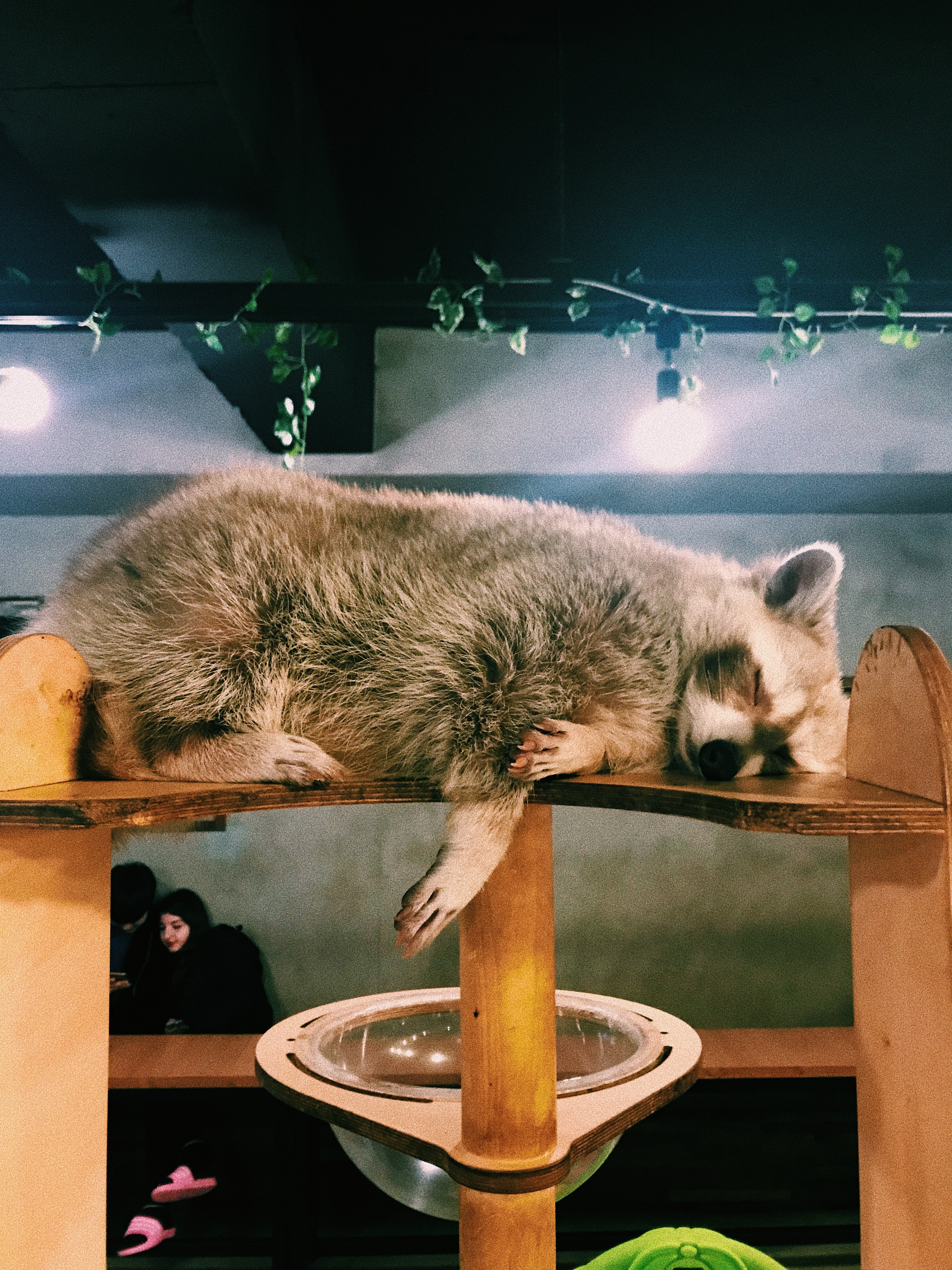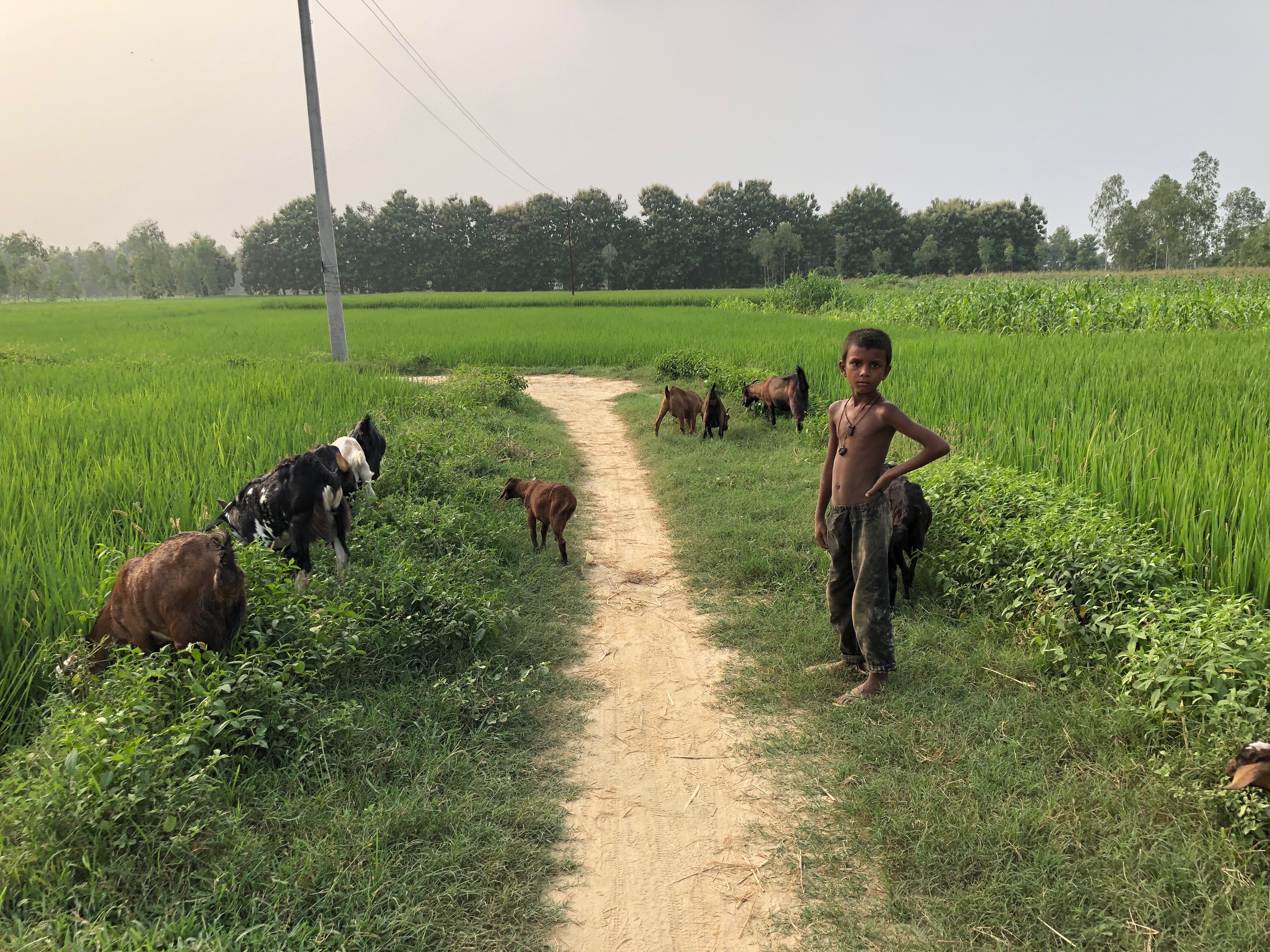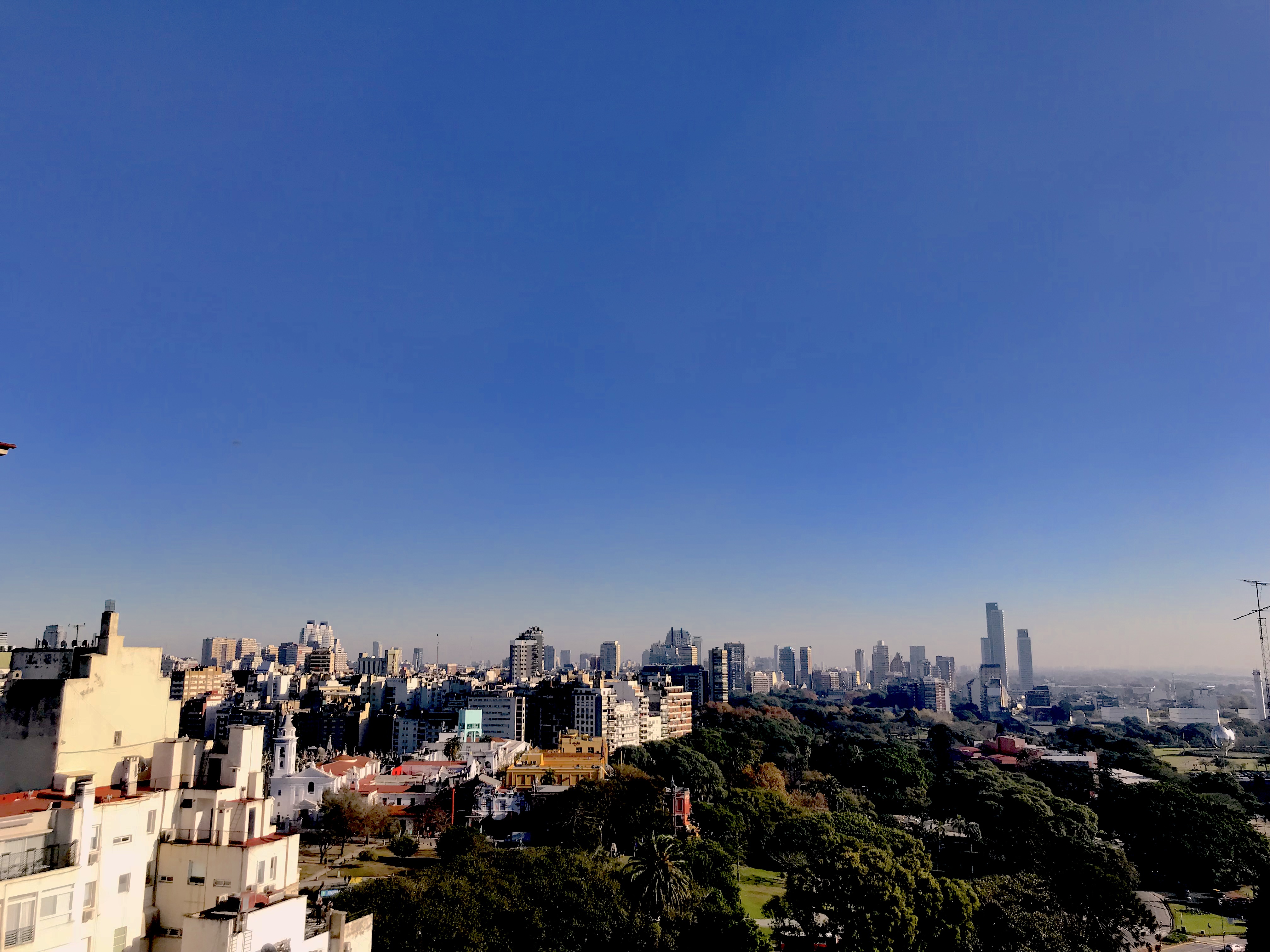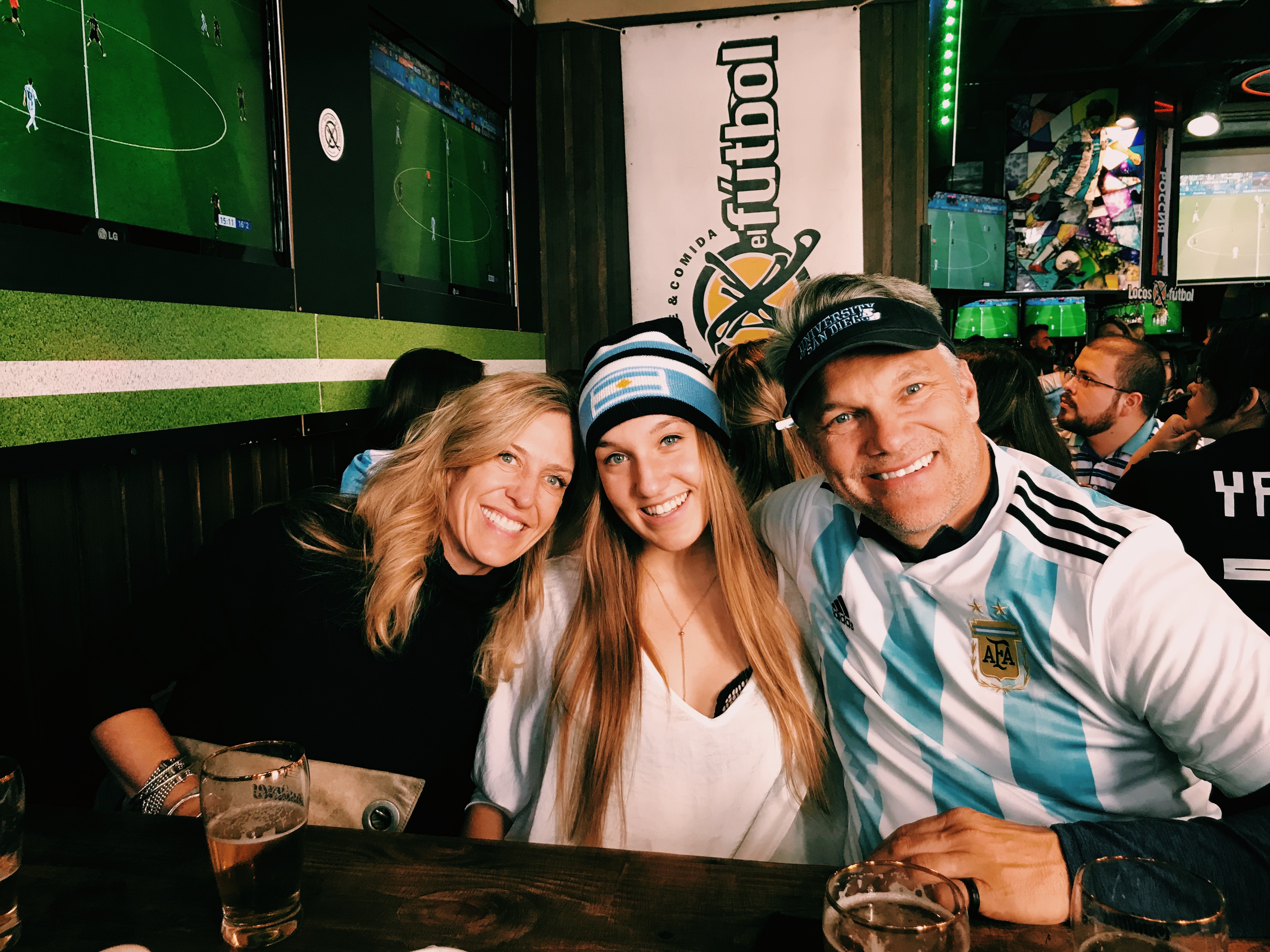South Korea, as well as Japan, is known for having some pretty diversely themed cafes. Just 15 minutes away from where I am staying in Sinchon, there is a cat cafe on the third floor of a building. I have yet to go there, but just this past weekend my friends and I made plans to visit a raccoon cafe in Hongdae. This was something I was looking forward to the entire week and when Friday finally arrived, I was beyond excited.
It took us about 25 minutes to walk from the main gate of Yonsei, to the subway terminal in Sinchon, and finally into Hongdae where we walked from the subway stop to the cafe. The raccoon cafe was on the fourth floor of the building, but if you didn’t know it was there, you could have totally missed it. When you walk in, there are lockers and shoe racks to your left, a barista station to your right, and a seating area directly in front. If you look further into the room you are able to see that a portion of the space is blocked off by a glass wall, which allows people to watch the dogs and raccoons play while they sip their drinks.
Once you pay for your entry pass and a drink, if you want one, you have to go put your belongings into a locker and put on the sandals provided. Customers are also required to take off any jewelry they have on in case the raccoons grab onto them. This process took quite a while for me since I have a bunch of earrings and even a nose ring. Once we were ready to go in, we walked into the entrance of the play area and instantly felt excited. There were so many dogs laying around and others nudging visitors to be pet. The raccoons mostly watched people in between nap periods. They occasionally woke up to grab bits of food, but then went back to sleep. Everything was too cute to handle.

Living the life
One of my friends was especially good at getting the raccoons’ attention and they often let her give them food. Unlike dogs, when you feed them, raccoons grab the food from you with their hands and put it into their mouths. They have the cutest little paws and they are so soft and warm. I was lucky enough to feed one myself and I have to tell you, it was one of the best experiences of my life! I’m not big on baby fever or kids, but I am definitely an animal lover and this was just such a great time!
Even though my friends and I mainly went for the raccoons, the dogs that live with the raccoons are just as adorable. There was a brown husky, a black and brown Shiba, an obese Corgi, and two large English Bulldogs. I’ve never been a huge fan of bulldogs, but there was one that seemed to take a liking to me, and he changed my mind completely. He took the liberty of plopping his entire body onto my lap and demanding to be pet. I spent a large portion of my time at the cafe hanging out with him and I can’t say I was disappointed.
Even though the cafe is slightly out of the way, I will definitely make sure to visit at least once more before my semester ends here in Korea. Until next time, friends, take care!









 Posted by krissinkorea
Posted by krissinkorea 











